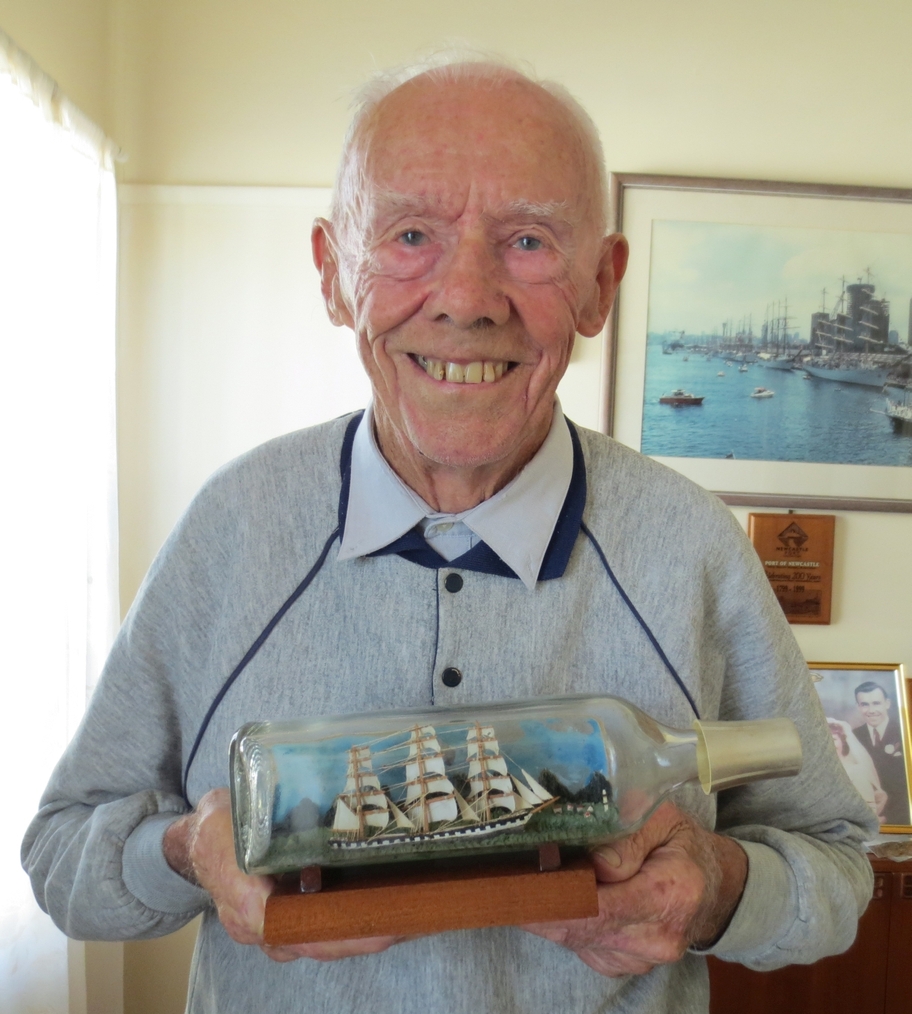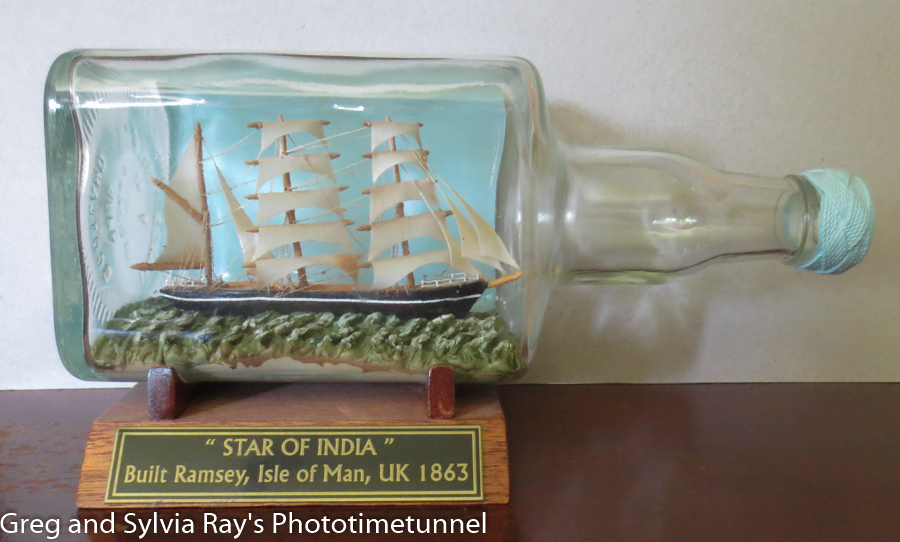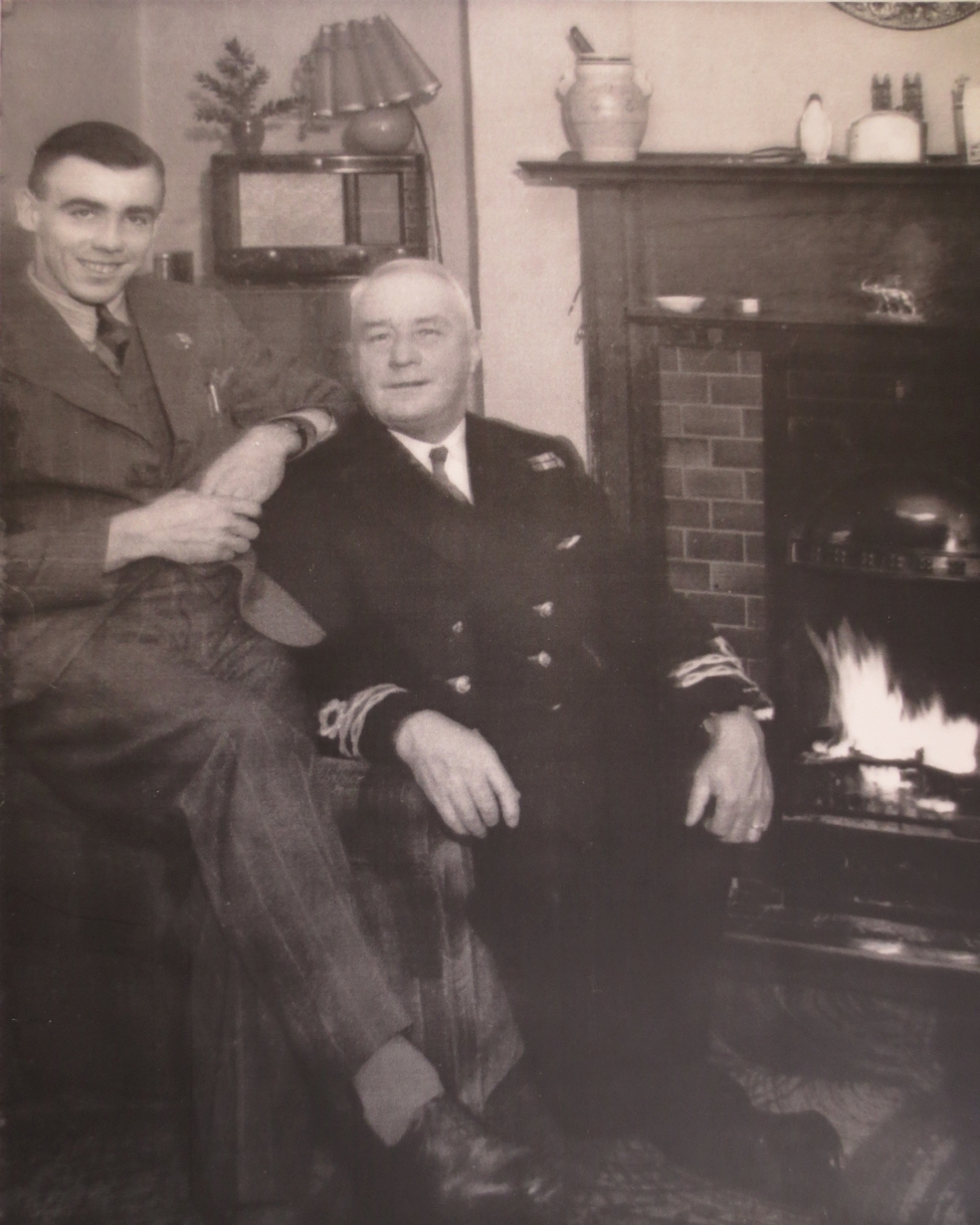BILL Weaver’s great-grandfather owned and operated four coastal trading ships, back in Great Britain’s days of sail.
Bill’s grandfather – a skipper on his father’s little fleet – won a British Empire Medal in World War I for spotting a German submarine prowling around in Solway Firth. His sharp eyes saved a troopship from destruction. He was also coxswain in the local lifeboat. He drowned in a regatta accident in 1933.
Ran away to sea
Bill’s father (also named Bill) ran away to sea at 16, signing on as a deck boy with the Blue Funnel Line and rising through the ranks to become a skipper at the age of 24. He was third officer aboard the troopship Ascanius at the Dardanelles in World War I, where he was injured. He was injured again, just after the war, when he was among a crew sent to bring home a German “reparation” ship from a French port. The ship was booby-trapped, and the wounds he got in that incident would have kept a lesser man ashore for good. But he went back to sea with another line and skippered the first ship to use a new terminal at Richmond, Virginia, in 1922. He got a silver cup for that effort, a souvenir his 92-year-old son now treasures.
During World War II that Bill Weaver was in charge of boom defences at Scapa Flow and later the river Clyde (closer to his home in southern Scotland).
At the same time our “young” Bill was in the merchant marine. Bill had followed the family tradition and gone to sea in 1938, travelling as a deck boy on a Blue Funnel Line ship to China and Japan.
And when war came Bill was, like so many other merchant seamen, a sitting duck. He was lucky to miss out on being aboard the ill-fated Deucalion, which formed part of the famous Operation Pedestal convoy to Malta in 1942, because the skipper wouldn’t let him board. The railway service had lost his sea-gear on the journey to meet the ship.
Torpedoed off the coast of Africa
But in November 1942 Bill was aboard the Mendoza when a German submarine torpedoed it off the coast of Africa. Bill recalled the scramble for boats after the first torpedo hit about 4.30pm. A second struck soon after, as the lifeboats pulled away. Then aged 19, Bill watched the Mendoza stand on its end and slide below the surface, leaving dense clouds of black smoke and a patch of oily debris. The sinking cost 150 lives. In charge of the lifeboat, Bill set sail and headed for Durban. Not too many hours later a whaling ship spotted the boat and towed it into port.
When he got back home to Great Britain after that incident, his father invited him to sit for a photograph together, “just in case you don’t come home next time”. That photo still held pride of place in Bill’s Mayfield home, when I interviewed him some years ago.
As did the little model “ship in a bottle” Bill made during his next voyage, mostly to have a hobby to steady his shaken nerves.

He was aboard the Asphalion that time, along with many other crew who’d survived various other sinkings. It can’t have been an easy trip, especially when a few ammunition-carrying freighters in convoy with his ship were blown sky-high.
But Bill survived the war and stayed with the Blue Funnel Line until 1950 when the company gave him a free passage to Australia on the Nestor. Once here he wound up on Newcastle’s famous pilot boat Birubi, first as an able seaman and later (once he got his wireless ticket) as coxswain.
“Barnacle Bill”
He had a hundred stories, like the one about the time he rescued the port doctor who had fallen into the harbour from a launch. Bill swam and grabbed him, dragging him to the Birubi and hanging on tight with his bare feet against the barnacle-encrusted hull. When he finally got on deck he was standing in pools of blood from his bleeding feet. A trip to the hospital followed, where a tough but kindly nurse ministered to his wounds before sending him on his way with an ‘‘off you go now, Barnacle Bill’’.
Bill retired in 1983, but he couldn’t get the salt water out of his system.
He still corresponded with old shipmates all over the world, including some other survivors of the Mendoza sinking, and he always took a keen interest in Newcastle’s annual memorial services for merchant mariners.
Bill gave me one of his beautiful models, and it enjoys a proud place in my home.

To watch a video of Bill putting ships in bottles, click here:



